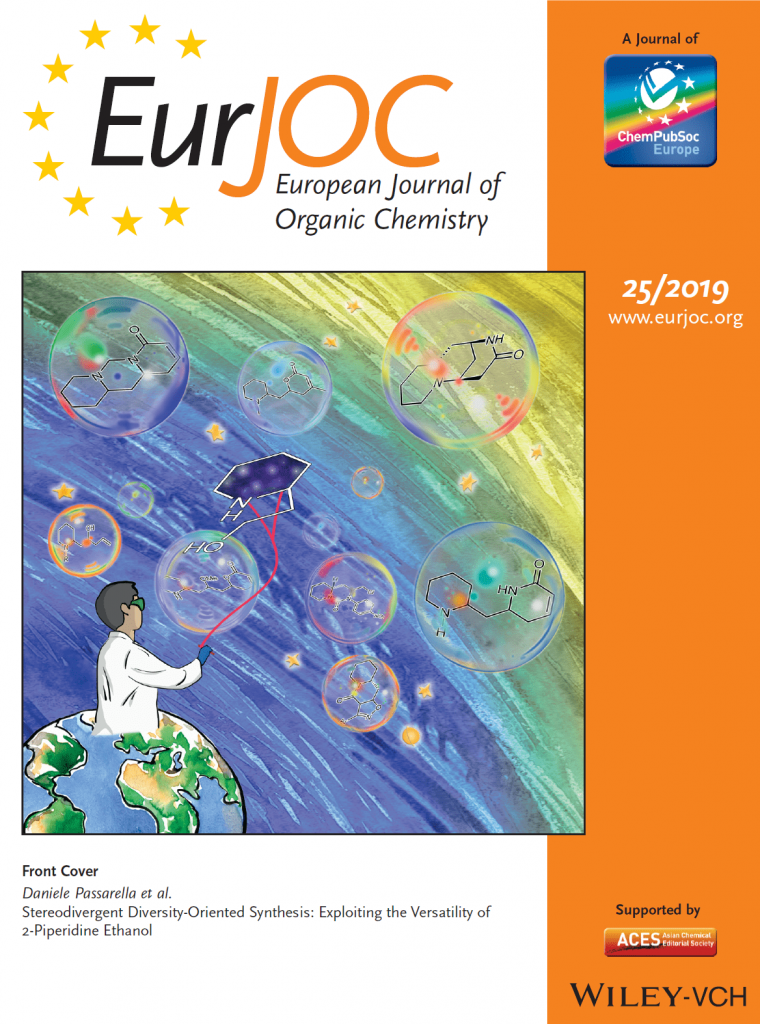Our continuous interest in the field of chemical approaches to target cancer cells moved us to study the preparation of a novel classes of conjugate compounds using anticancer drugs as building blocks. We used squalene tail as self-assembling inducer1 and a disulphide containing linker to secure the release of the drugs after cell internalization.2 Subsequently we demonstrated the possibility to generate hetero and fluorescent nanoparticles by mixing a paclitaxel-squalene conjugate and fluorescein-squalene conjugate.3 In the light of facing the high demanding issue of resistance4 we studied the formation of cyclopamine-paclitaxel containing nanoparticles and we detected the cell internalization by confocal microscopy and super-resolution.5 More recently we reported doxorubicin-cyclopamine hetero-nanoparticles that are able to reduce tumour growth and to decrease the toxicity of chemotherapy in mice.6 We also applied the same approach to obtain trehalose conjugates and nano-assemblies to face neurodegeneration.7
Our efforts are actually focused on: a) new combination of drugs to overcome drug resistance,8 b) new drug-conjugates deriving by modification of active natural products,9and c) new self-assembling inducers.10,11
In the field of DOS, different efforts were made in our laboratory in the last years and we are continuing the exploration of the chemical space.

References
[1] S. L. Schreiber, Science 2000, 287, 1964–1969.
[2] D. R. Spring, Org. Biomol. Chem. 2003, 1, 3867–3870
[3] E. Bonandi, D. Passarella et al. Molecules 2020, 25, 1057; doi.org/10.3390/molecules25051057
[4] E. Bonandi, P. Marzullo, D. Passarella et al. Eur J. Org. Chem. 2019, 2019, 4013-4019
